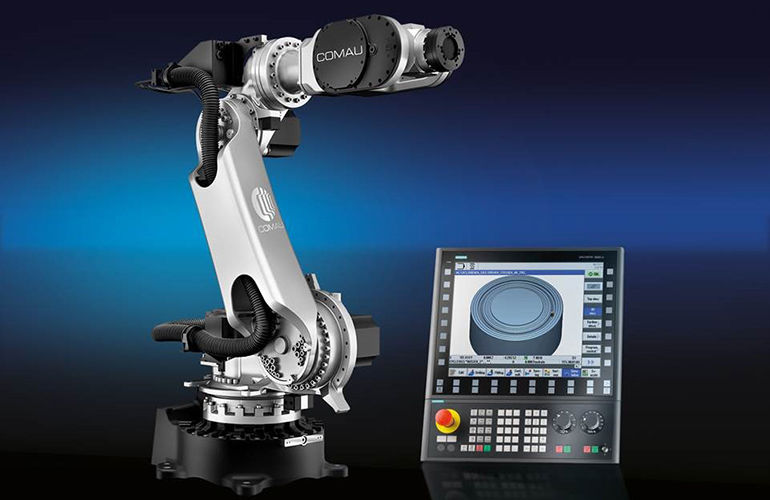While humanoid robots capture headlines, a more practical alternative is rolling into reality. China's Pudu Robotics has created the FlashBot Arm, a "semi-humanoid" robot that combines mobility with manipulation capabilities at a fraction of the cost of fully bipedal machines.
Unlike its walking counterparts that face expensive technical hurdles with balance and locomotion, the FlashBot Arm uses a more efficient wheeled base. Think of it as a helpful robotic assistant that can navigate indoor spaces while having the dexterity to interact with the human world.
The FlashBot Arm builds upon Pudu's existing FlashBot Max delivery robot by adding two important features: articulated arms and an expressive digital face. The robot's 10.1-inch touchscreen displays various facial expressions, creating a more engaging interaction experience.
Each of the robot's three-jointed arms provides seven degrees of freedom, equipped with Pudu's advanced DH11 robotic hands. This engineering gives FlashBot Arm an impressive 2-meter (6.6 ft) reach, allowing it to grasp objects, press elevator buttons, and even swipe keycards to access secured areas.
Hotels represent a natural environment for these robots, where they can deliver items to guest rooms autonomously. Pudu also envisions the FlashBot Arm working in offices, restaurants, retail spaces, and healthcare facilities.
The robot's AI capabilities enable basic conversation with humans, who can verbally instruct it to perform delivery tasks. As it navigates, FlashBot Arm uses sophisticated VSLAM (visual simultaneous localization and mapping) technology with RGB depth cameras, panoramic cameras, and LiDAR to create 3D maps of its surroundings and avoid obstacles like people walking by.
Items are transported in a covered compartment, keeping the robot's hands free during movement. The entire unit weighs just 15 kg (33 lb) and can operate for up to eight hours on a single 4-hour charge when carrying lighter loads.
As companies continue developing expensive bipedal humanoid robots that may take years to become commercially viable, the FlashBot Arm represents a more practical approach to bringing helpful robots into our everyday environments today.


















